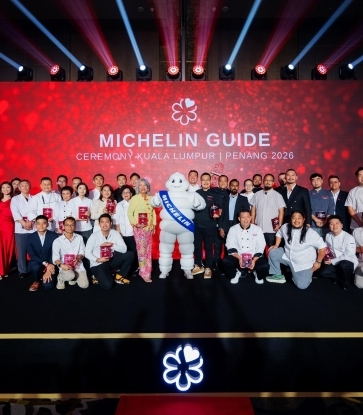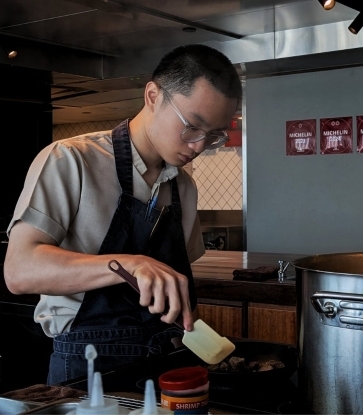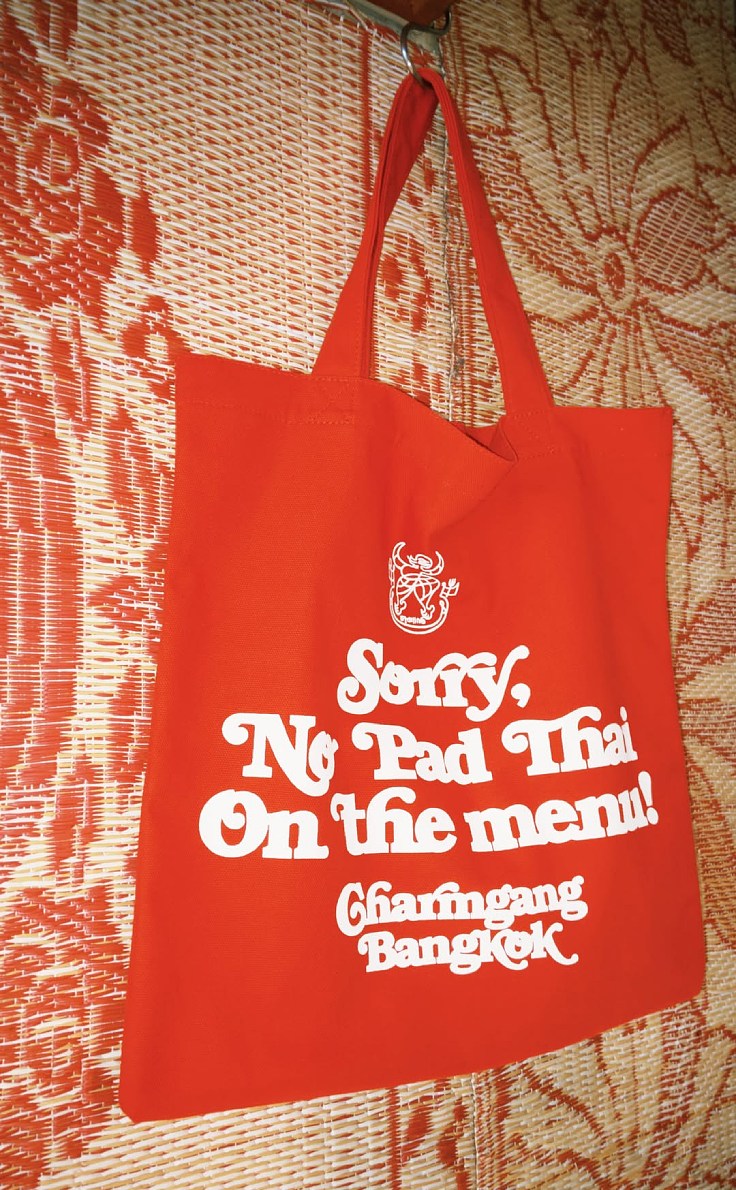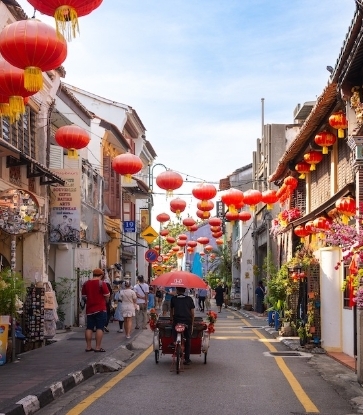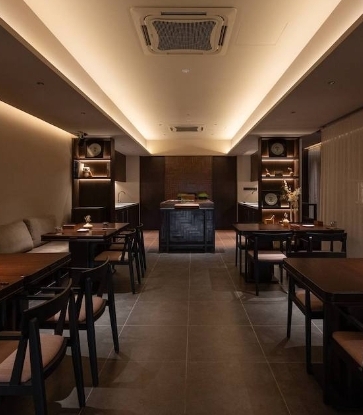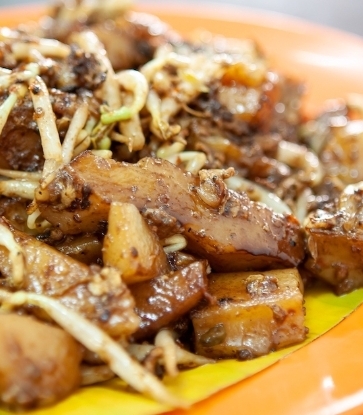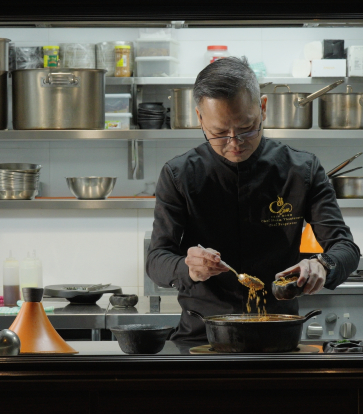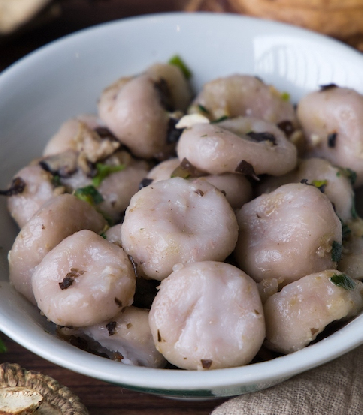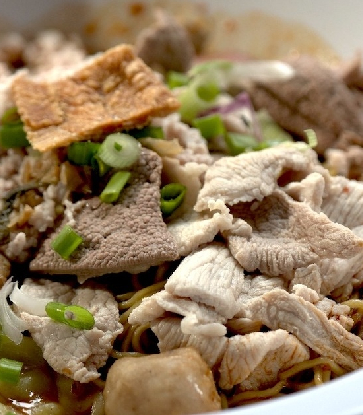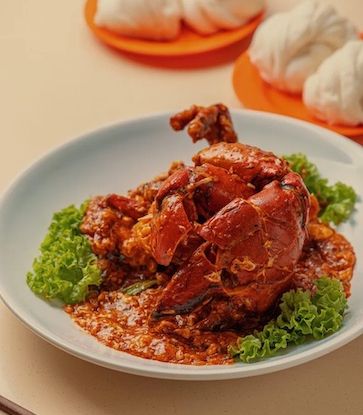Flowers and chocolates are de rigeur as gifts, but if you are lucky enough to be in Malaysia during this time of the year, why not take advantage of the various local sweets and snacks as romantic offerings.

Kuih Kapit (Love Letters)
Kuih Kapit is also known by its more alluring name — “Love Letters”. The Malaccan-Nyonyas called these wafer-thin, crisp crepes “Kueh Belanda” or “Dutch Cake”, pointing to its Dutch origins (Dutch: kniepertie), and quite likely introduced by Indonesian emigrants.
A well-made Kuih Kapit is light, crisp, and aromatic from being baked over open flames. It has a rich flavour redolent of the sugar, eggs, and coconut milk that are used in its batter.
“Kapit” is the Malay word for “clamp” — a reference to the way the crêpes were made by pouring liquid batter onto one of a pair of patterned disc-shaped moulds, which are then clamped together before being placed over charcoal embers on an open brazier to bake.
Older Peranakans dubbed the pair of disc-shaped moulds “Baba” and “Nyonya”. Clamping them tightly together symbolises the union of the male and female entities, resulting in a sweet and delightful end-product — the Kuih Kapit itself.
On the other hand, Malaccan-Nyonyas prefer their Kuih Kapit shaped into rolls, resembling the Portuguese Barquilhos and Dutch Rolletjes, whereas Penang-Nyonyas prefer theirs folded twice over into triangles.
Whichever shape they take, these are truly delicious treats. What makes better Valentine’s Day gifts than some sweet “love letters”?

Sago Gula Melaka
For many Malaysians, nothing beats Sago Gula Melaka as a sweet finalé to a romantic dinner. This popular Nyonya-Malay dessert consists of a sago pearl pudding, slathered with creamy coconut milk, and drizzled with thick, dark gula melaka (palm sugar).
Sago palm originated in a geographical area extending from the Moluccas islands to New Guinea. In parts of Southeast Asia, it became an essential source of carbohydrates. From here, British East India Company seaman brought sago back to their homeland as early as the 18th century. The British took to it so much, sago pudding (together with its tapioca counterpart) even became a school lunch staple during the baby boomer years.
A fun fact: Mrs. Beeton’s Book of Household Management (published in 1861) included a sweet “Hasty Pudding” where sago was cooked with milk and sugar, and then served with cream and treacle, which echoed the sago-coconut-milk-gula-melaka dessert that we know in Malaysia today.
British-style sago pudding was introduced to British Malaya in the early 20th-century, where Hainanese chefs working under their colonial masters came up with a tropical version, substituting dairy milk with readily available fresh coconut milk, and treacle with gula melaka. The result was the much-loved dessert we are familiar with today.

Pineapple Tarts
Very few pastries are as alluring as meticulously-crafted Pineapple Tarts with buttery pastry and sweet, moist pineapple jam centres.
The Portuguese introduced the art of baking to the Malaccans during their 130-year rule, but modern-day Pineapple Tarts use short-crust pastry, more characteristic of Dutch baking. The Dutch not only supplanted the Portuguese in Malacca from 1641, but also dominated the territories that were to become Indonesia for four centuries, significantly influencing the culinary arts in the whole region.
Different regional and cultural variances of pineapple tarts can be found throughout Malaysia: traditionally, Malaccan-Nyonya make open-faced tarts with pineapple jam centres, decorated with latticed pastry strips on top. The Malaccan-Portuguese Eurasians similarly favour open-faced tarts, but topped theirs with small, three-pointed pastry stars to represent the Holy Trinity of their Catholic faith.
There are also the closed Pineapple Tarts that take on the shape of mini-pillow rolls, whilst others are painstakingly-shaped to resemble mini-pineapples.

Kuih Ee (Glutinous Rice Balls in Syrup)
Kuih Ee is the Nyonya take on the Chinese Tang Yuan: chewy, glutinous rice balls served during auspicious occasions. The origins of Tang Yuan itself stretched all the way back at least a millennia to Tang Dynasty China. During a traditional Baba-Nyonya wedding ceremony today, the bride and bridegroom will tenderly feed each other glutinous rice balls as part of a ritual, symbolising their union in love.
Kuih Ee is made from glutinous rice flour, hand-shaped into marble-sized little balls which are then gently boiled. The cooked Kueh Ee are then served in a sweet broth, lightly scented with pandan. Traditionally, Kueh Ee were either white (symbolising purity) or tinted red (signifying happiness), but modern-day renditions can come in all colours. The Chinese, on the other hand, serve Tang Yuan in a sweet ginger broth.
Where to Get Some of These Sweet Snacks in Malaysia:
Bibik’s Kitchen (Bib Gourmand, MICHELIN Guide Kuala Lumpur & Penang 2024)Flower Mulan (Selected, MICHELIN Guide Kuala Lumpur & Penang 2024)
Jawi House (Selected, MICHELIN Guide Kuala Lumpur & Penang 2024)
Kebaya (Selected, MICHELIN Guide Kuala Lumpur & Penang 2024)
Penang Kuih Kapit at 48-B, Lorong Abu Siti, George Town, Penang



